- The Oracle of Delphi was centered within the Temple of Apollo, the grand Doric-style structure that dominated the sanctuary’s upper terrace and symbolized Apollo’s divine presence.
- The temple featured 6 columns across the front and fifteen along the sides, built from local limestone and marble, giving it both strength and elegance against the mountain backdrop.
- At the heart of the temple lay the adyton, a restricted inner chamber where the priestess Pythia delivered Apollo’s prophecies while seated on a tripod above a sacred fissure believed to emit intoxicating vapors.
- Pilgrims reached the temple by walking the Sacred Way, a processional route lined with treasuries, statues, and votive offerings from Greek city-states that sought the oracle’s counsel.
- Below the temple stood the Polygonal Wall, a finely crafted retaining structure made of interlocking stone blocks, notable for its hundreds of ancient inscriptions recording dedications and acts of freedom.
- Although the structure now stands in ruins, its surviving foundations and column fragments still reveal the precision, symmetry, and spiritual intent that once made Delphi the heart of the ancient world.
Why you shouldn’t miss the Oracle of Delphi
Marvel at the center of ancient Greece
Once believed to be the very navel of the earth, the Oracle of Delphi was where leaders and explorers sought divine guidance before making world-shaping decisions. Walking through the site connects you directly with that sense of destiny, standing where the ancient Greeks believed heaven and earth met.
Witness the center of ancient prophecy
The remains of the Temple of Apollo mark the location where the priestess Pythia delivered her prophecies from the adyton, the temple’s inner chamber. Surrounded by mountains and open sky, it remains one of the most meaningful stops within the sanctuary for understanding the spiritual life of the ancient world.
Feel the energy of the Adyton
Even in ruins, the Oracle’s chamber carries an undeniable sense of presence. The setting evokes images of flickering torches, burning incense, and the quiet tension as people awaited Apollo’s message in ancient times.
A must-see within the sanctuary
Among all the monuments of Delphi, the Oracle is the one that defines its purpose. It gives context to everything else in the archaeological site, from the treasuries to the theater above. Stopping here completes the experience, allowing you to understand why Delphi was regarded as the most sacred place in Greece for nearly a thousand years.

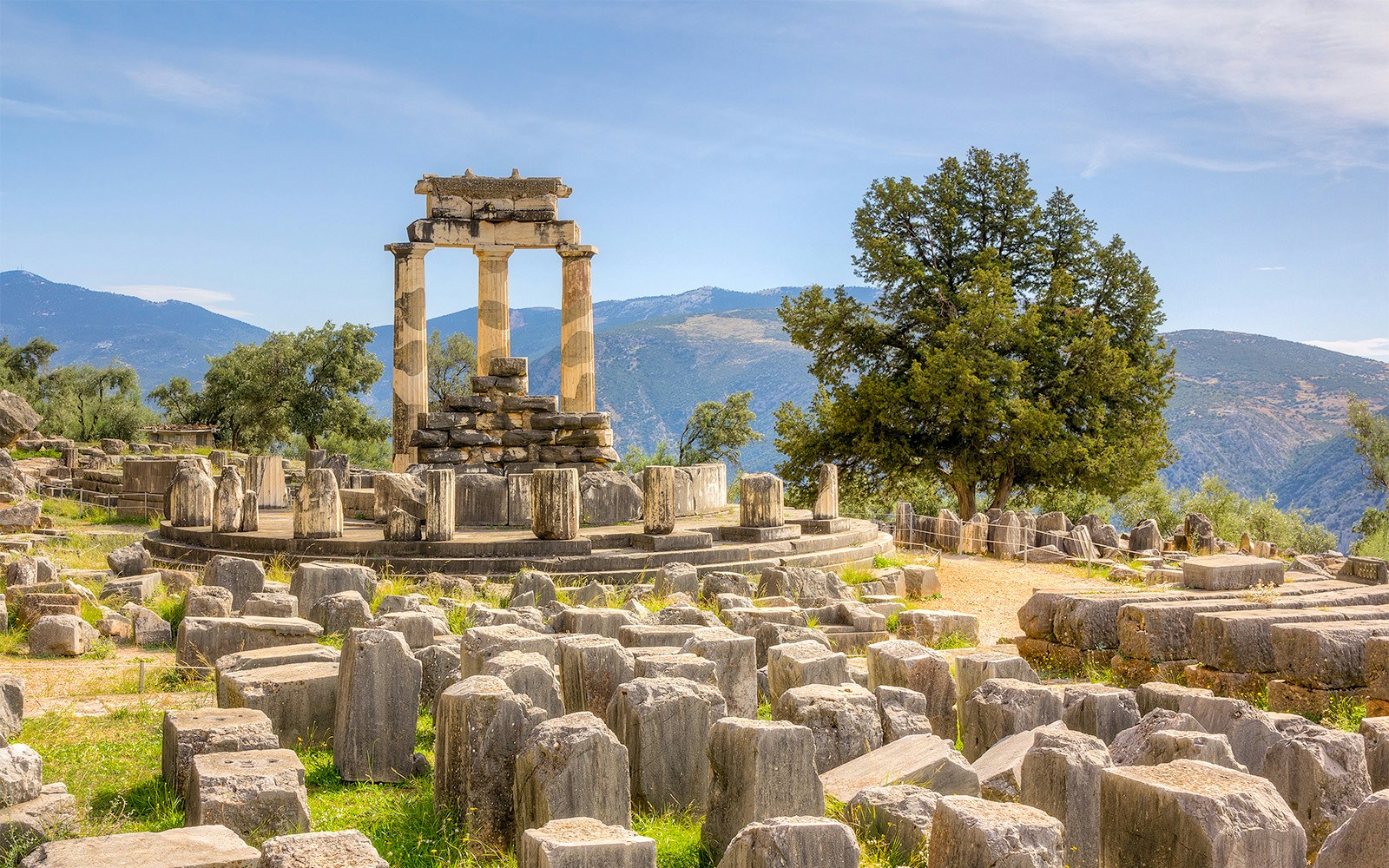
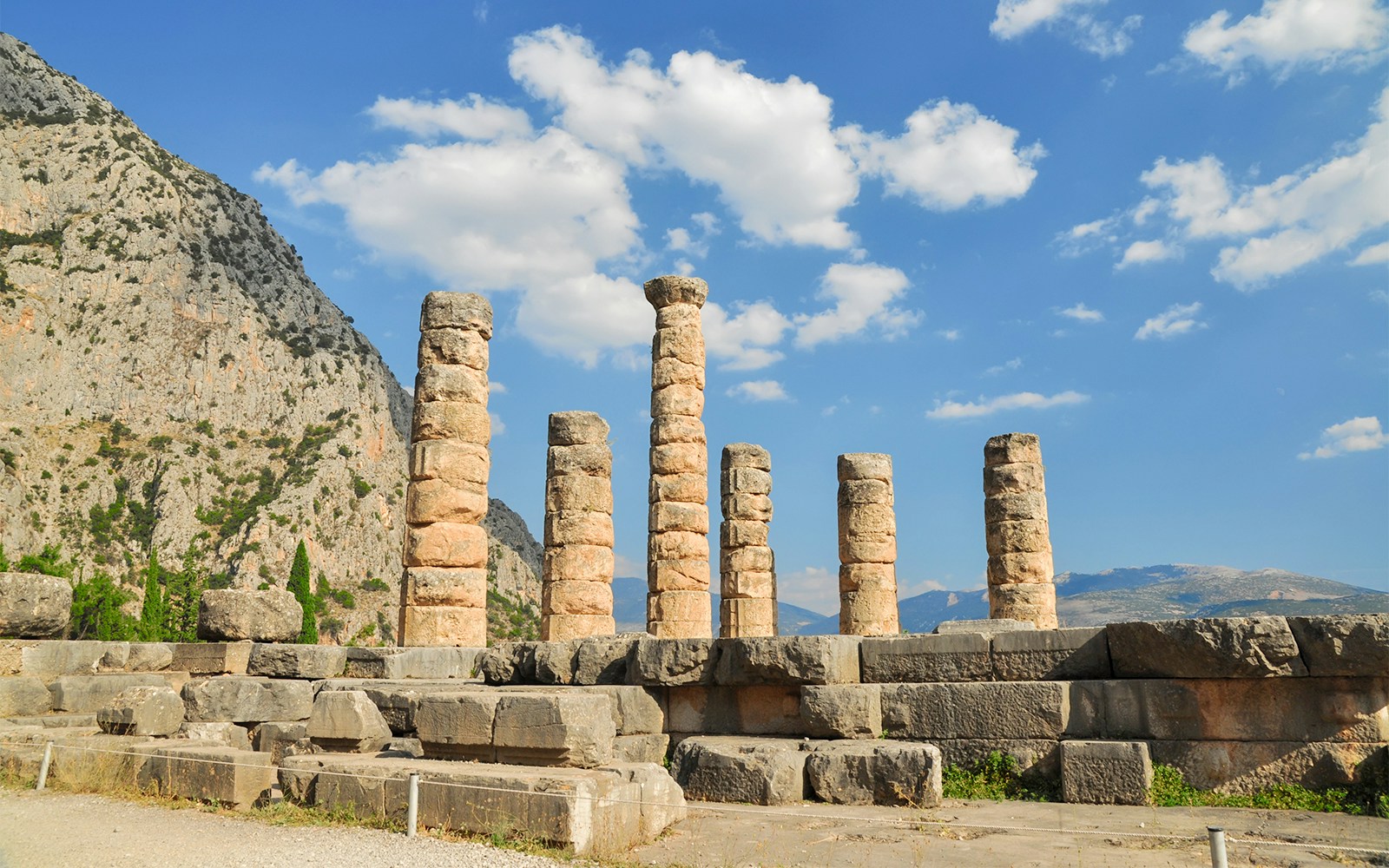
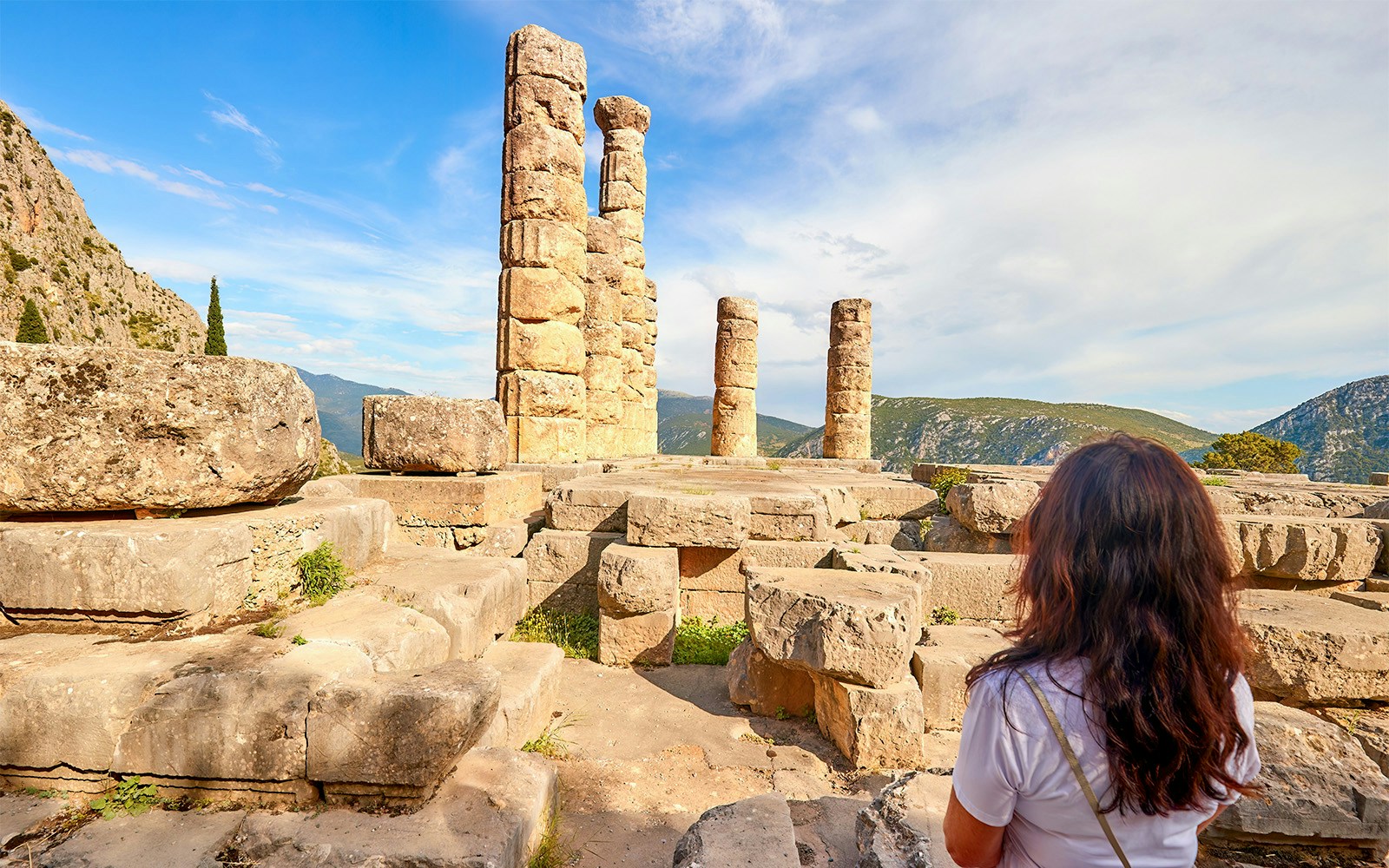
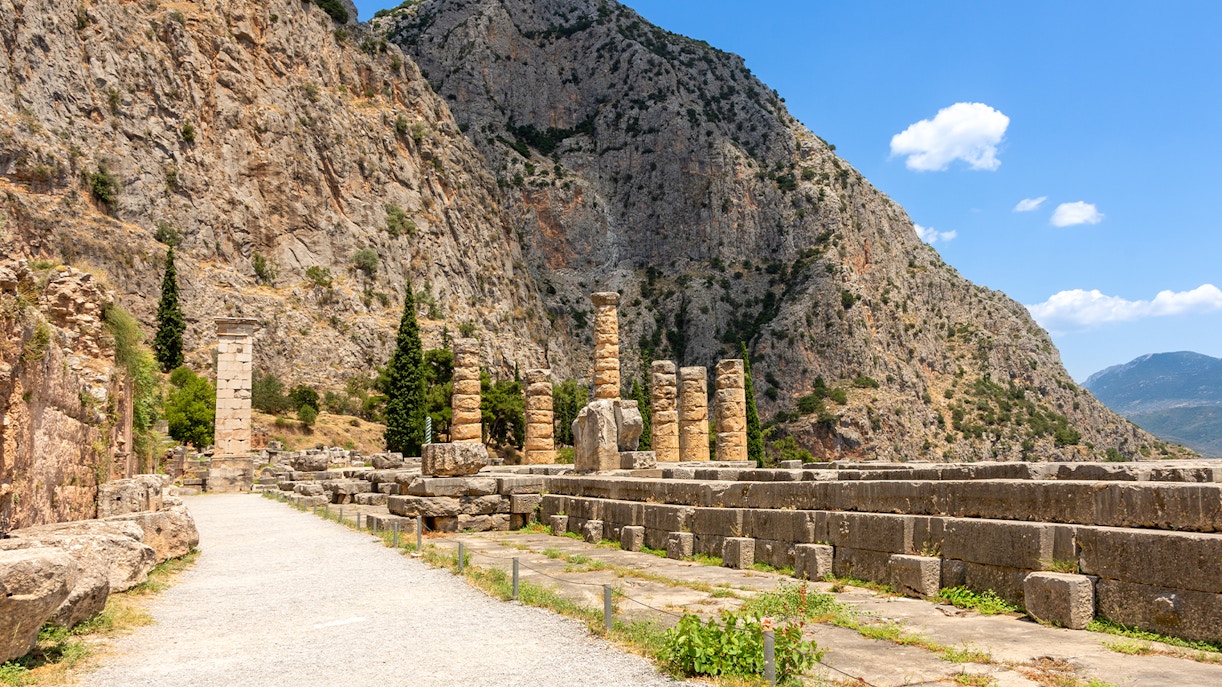
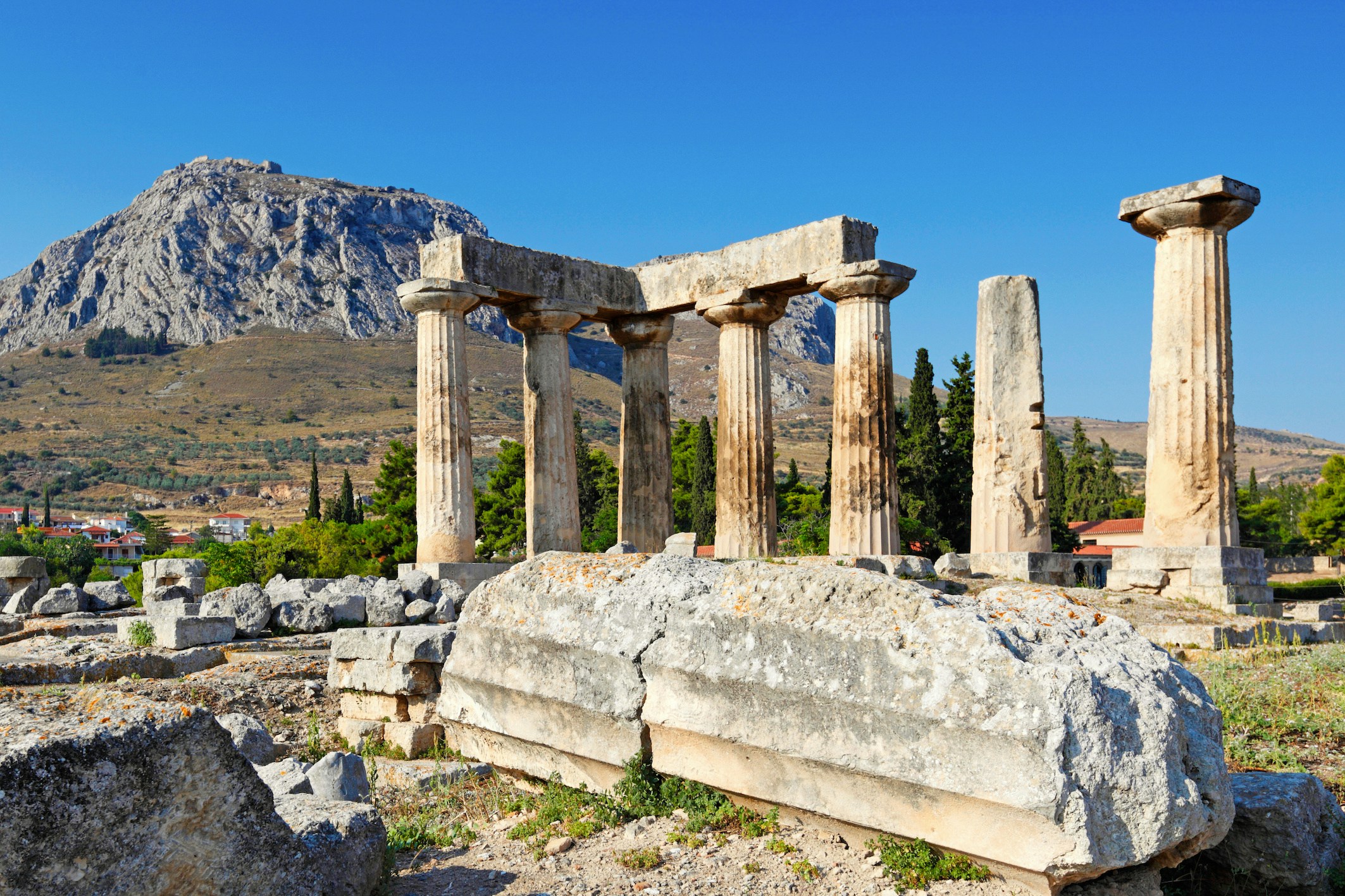
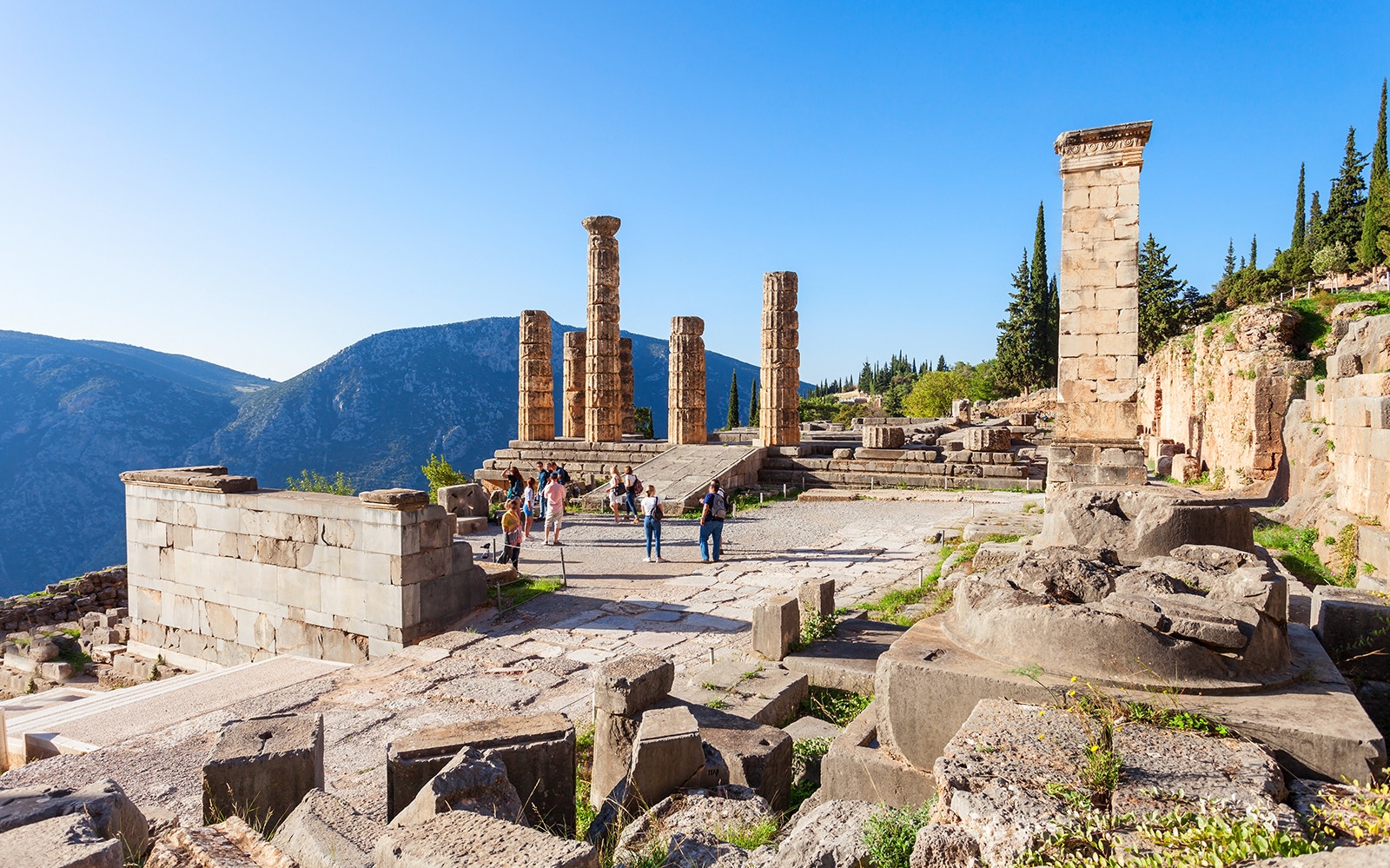

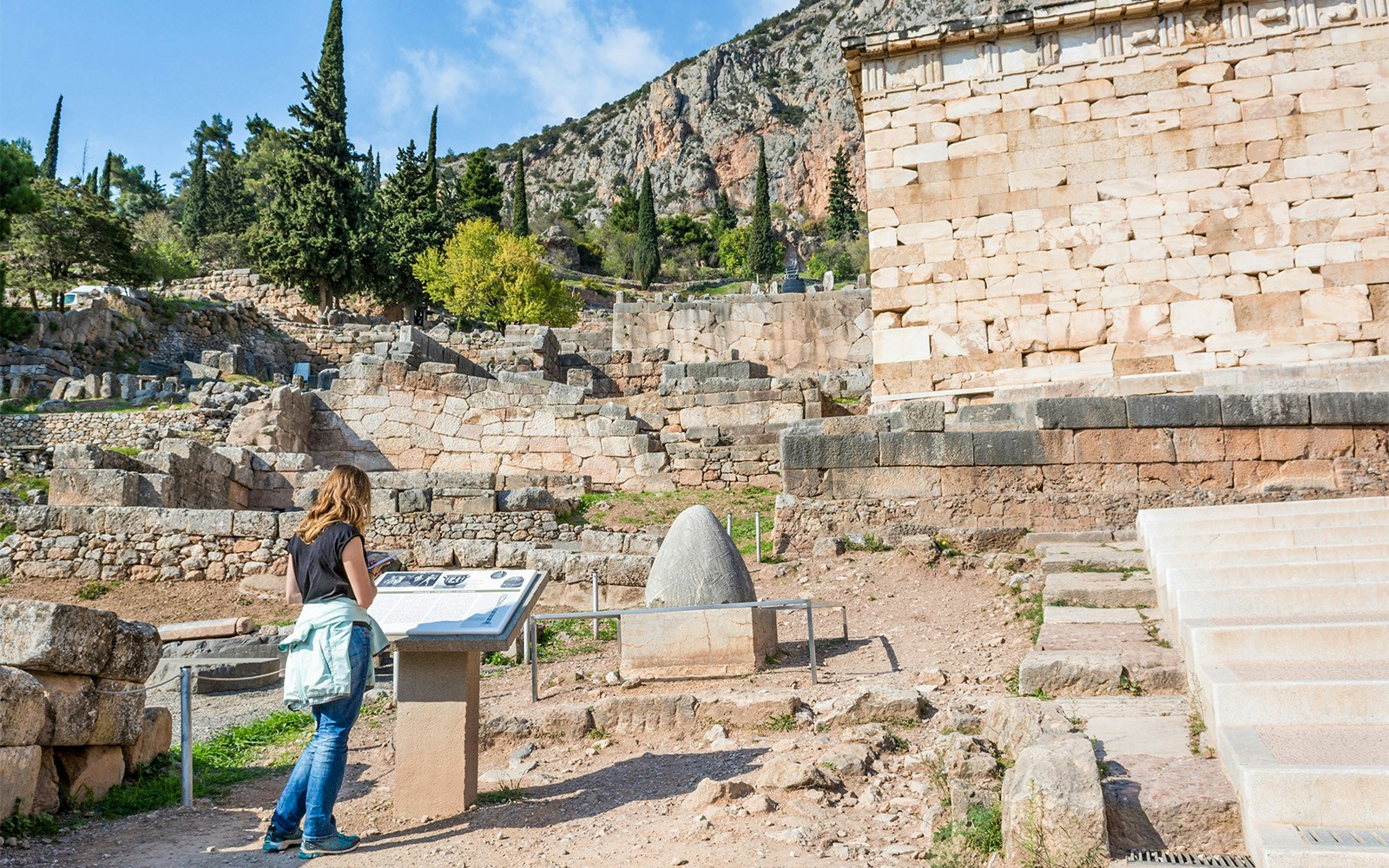
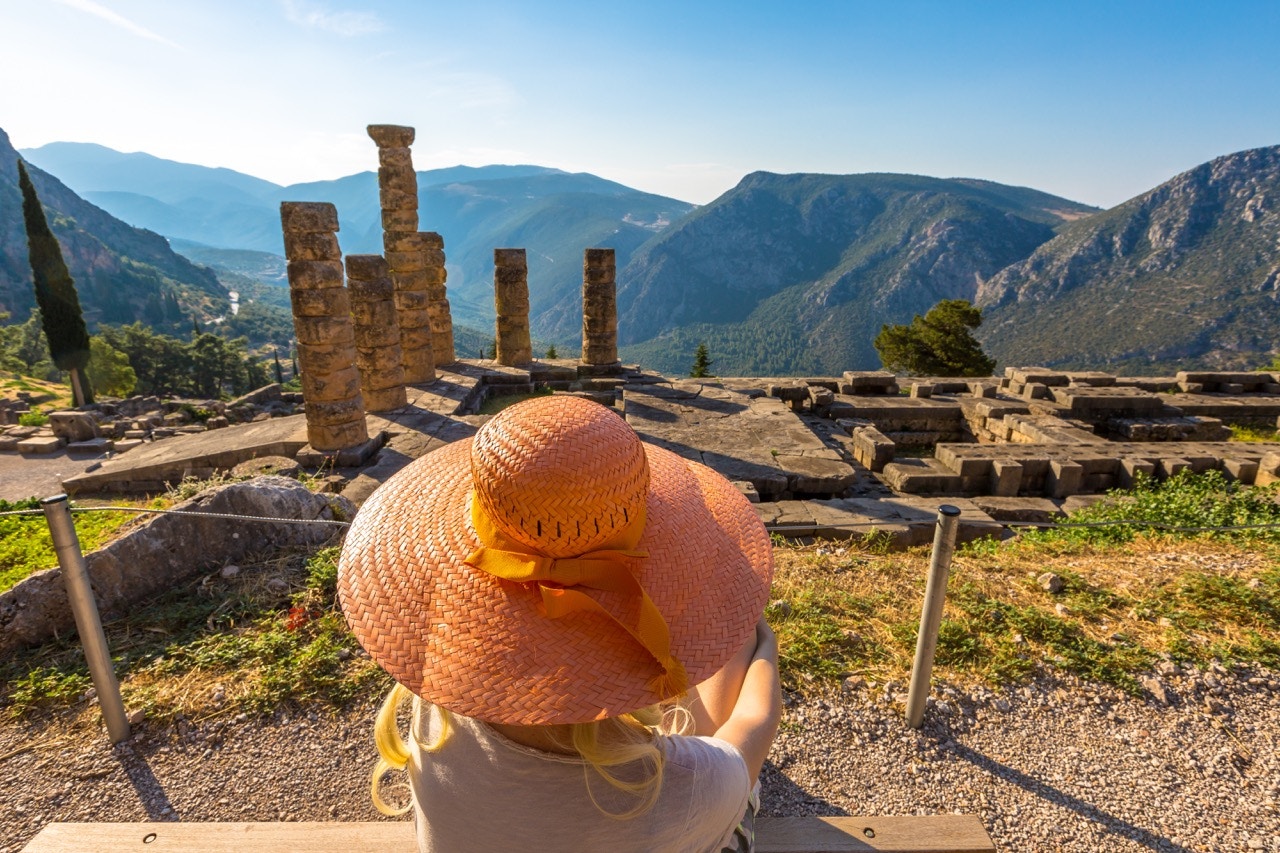

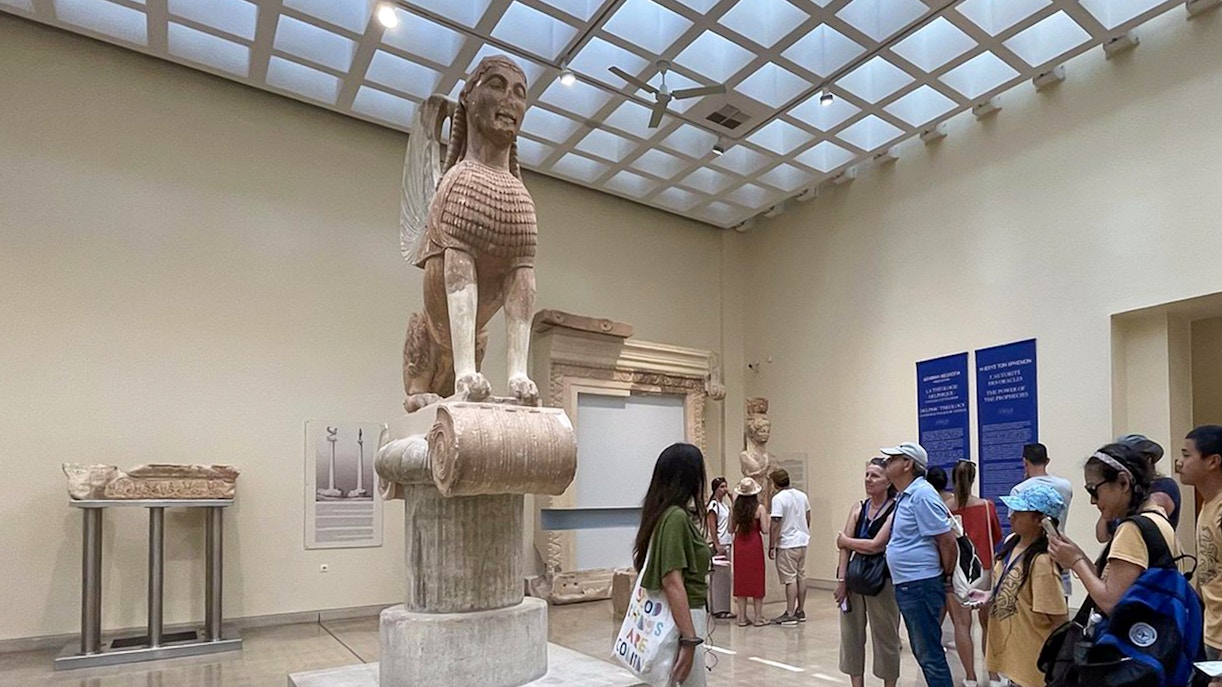
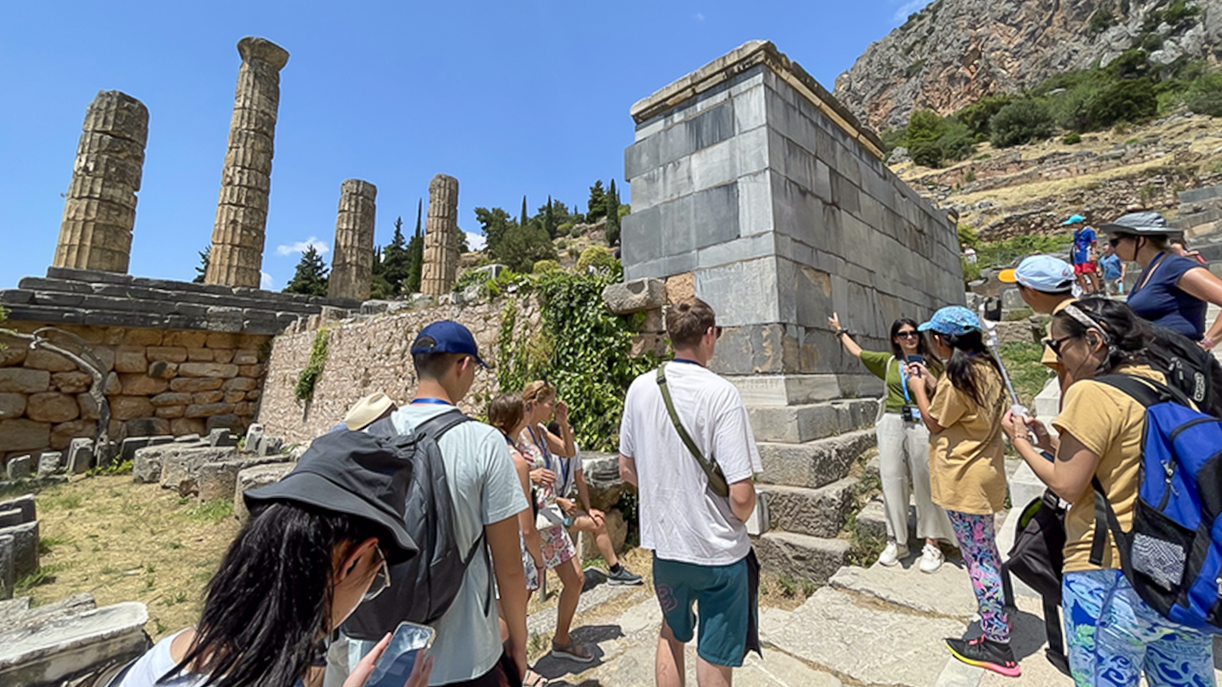



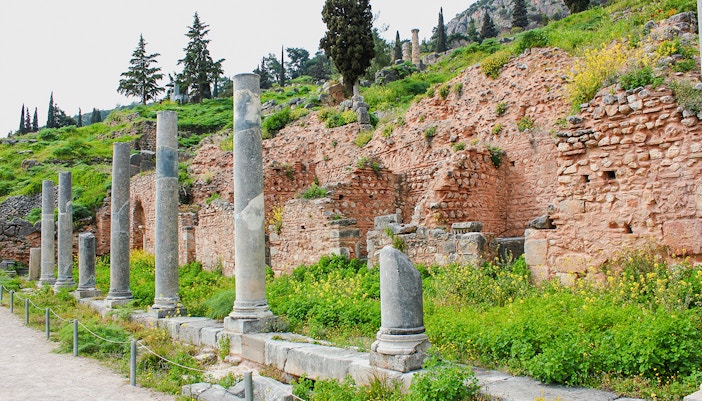
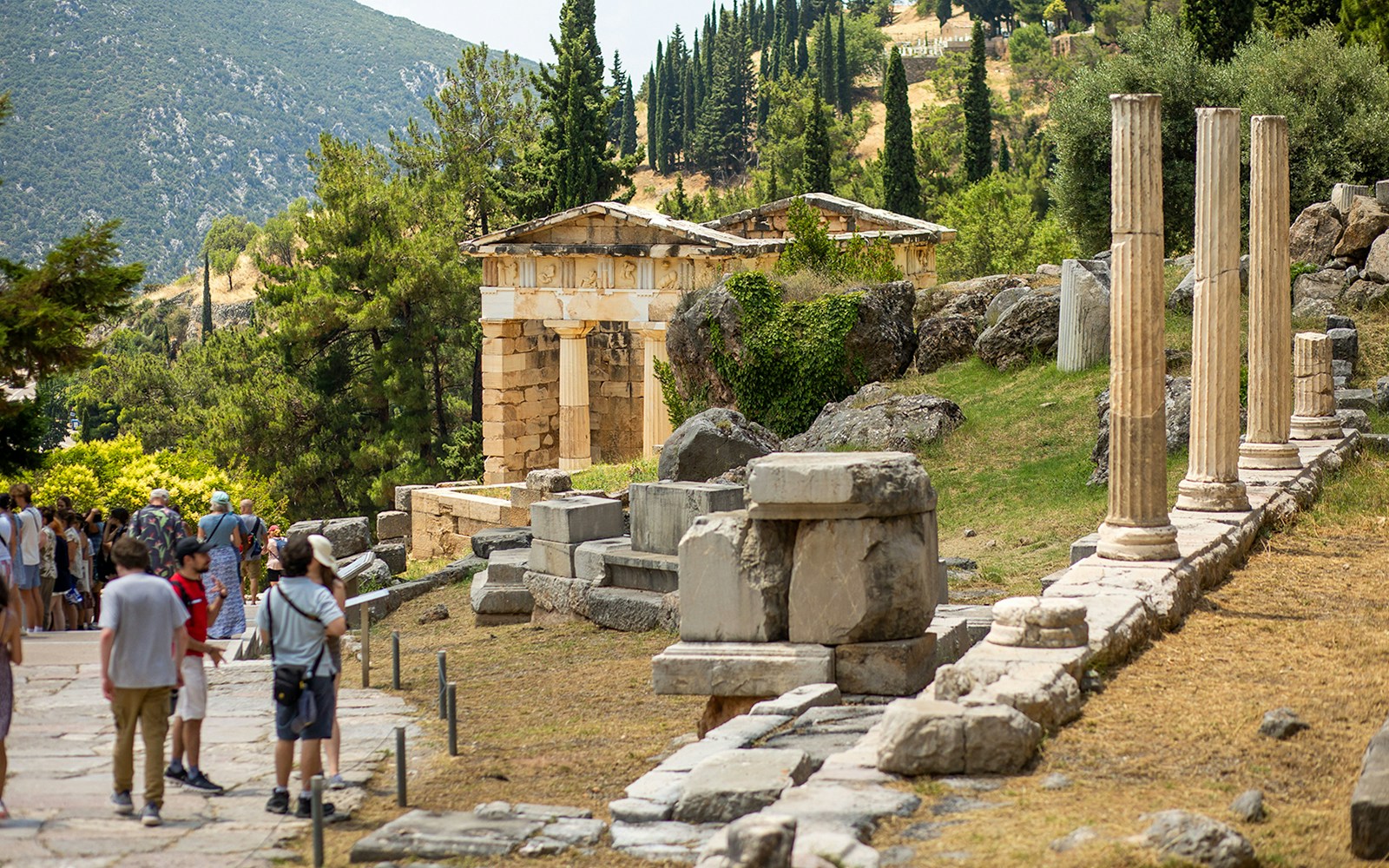

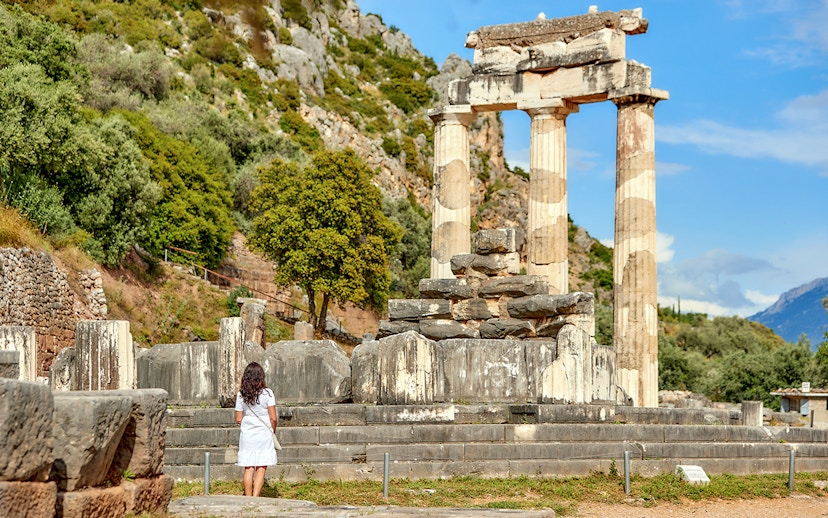
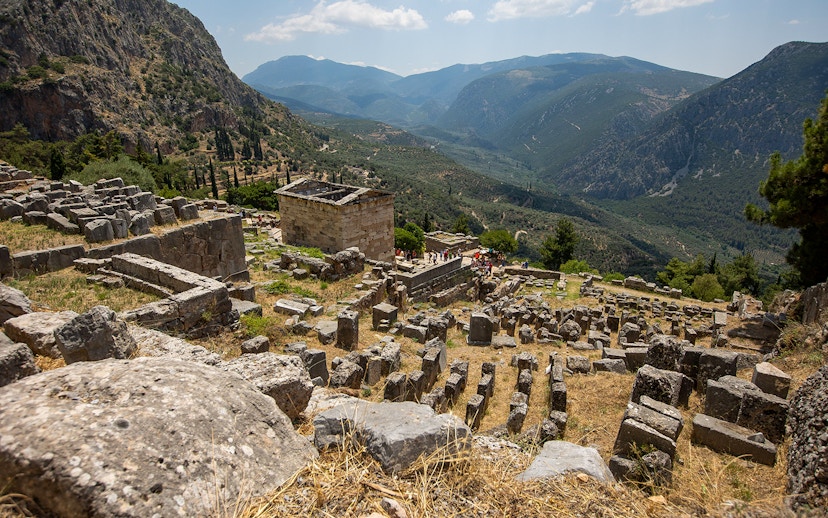
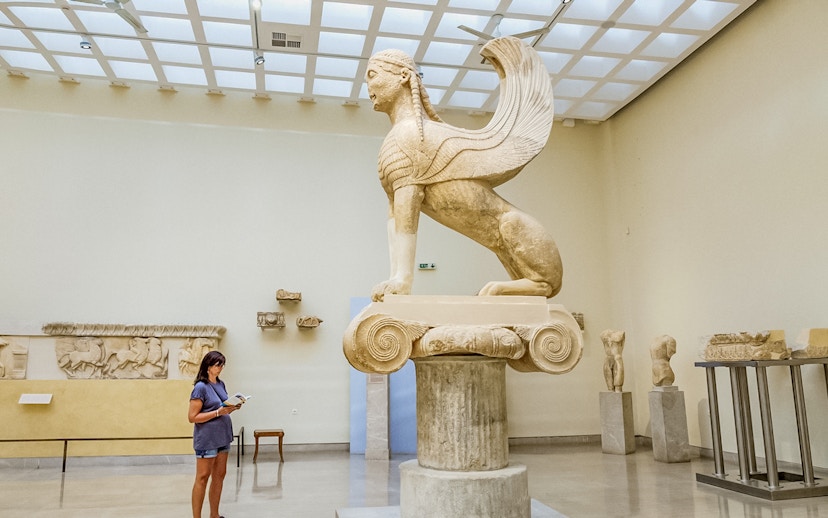
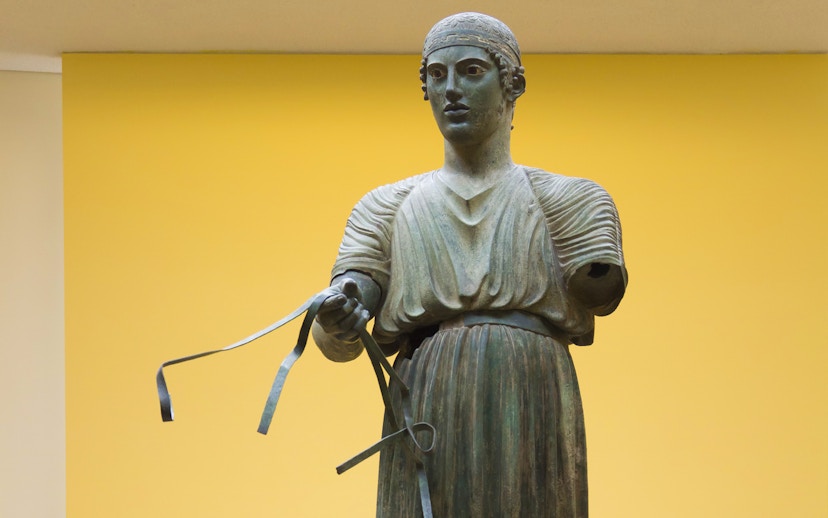
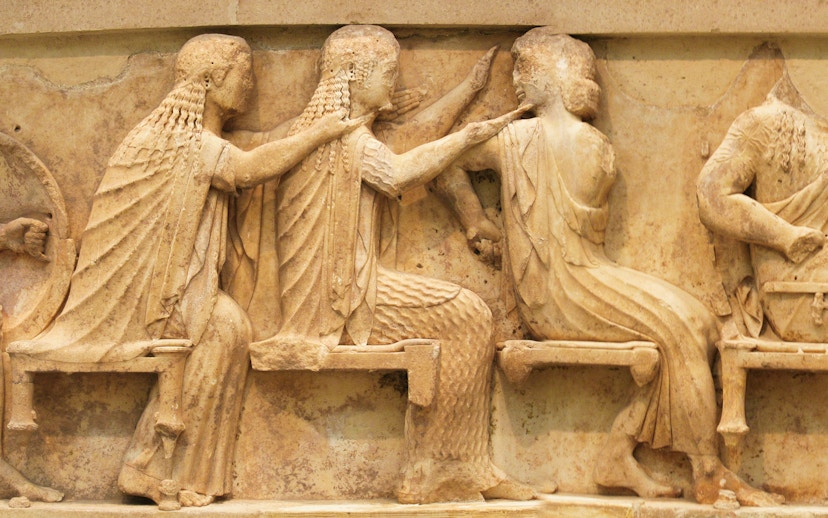

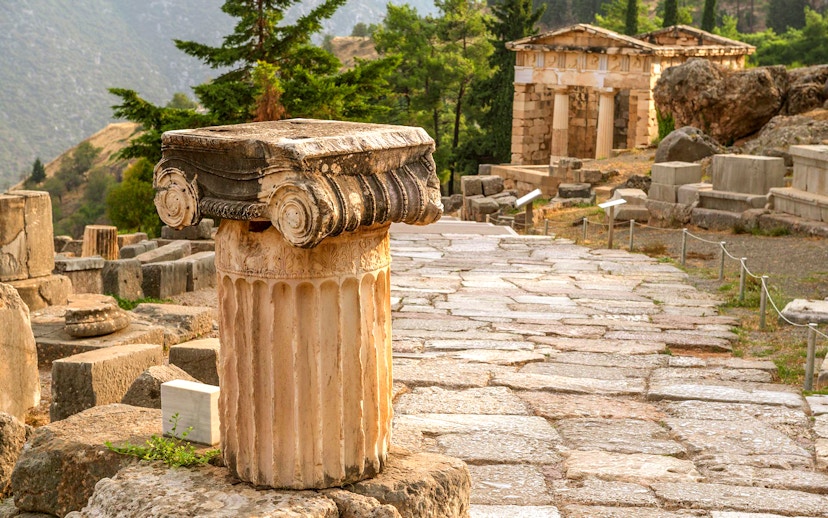

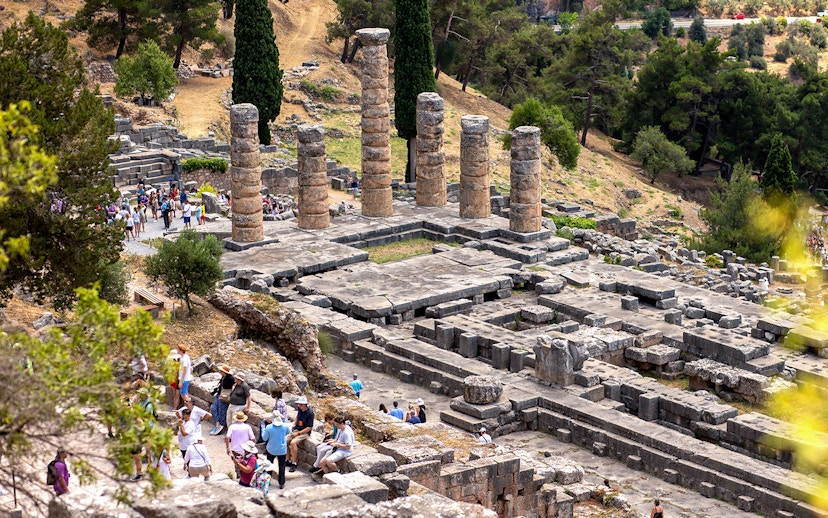
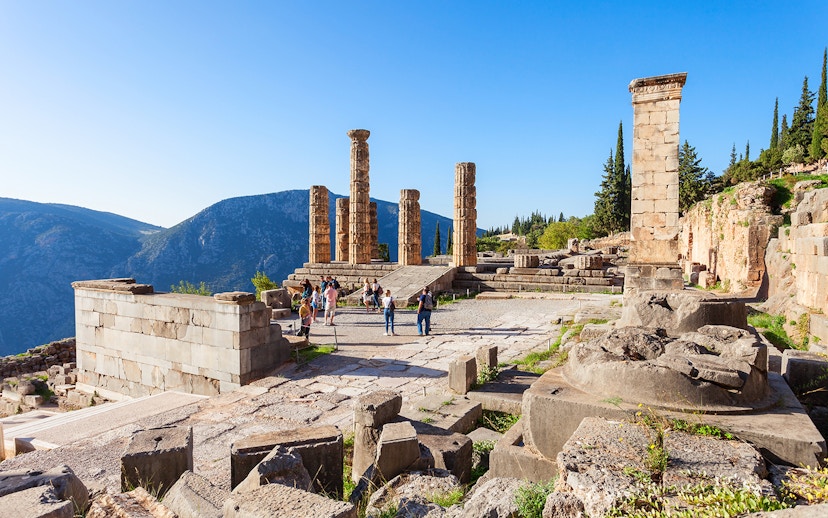

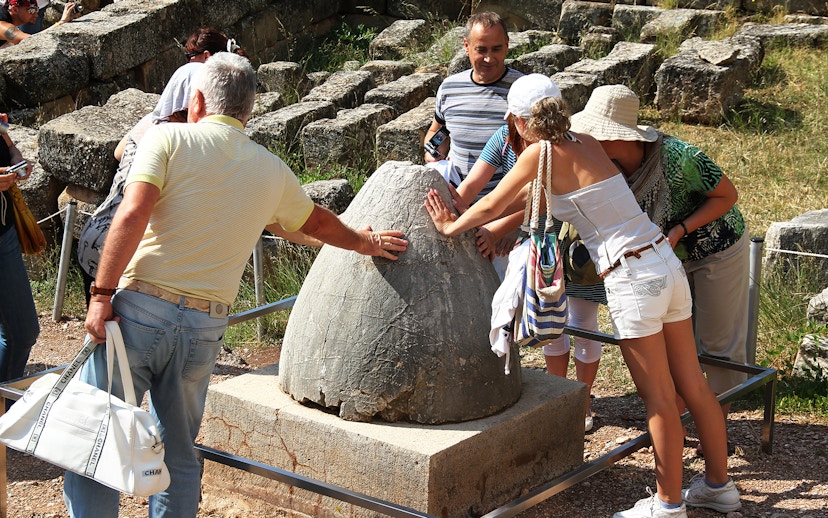
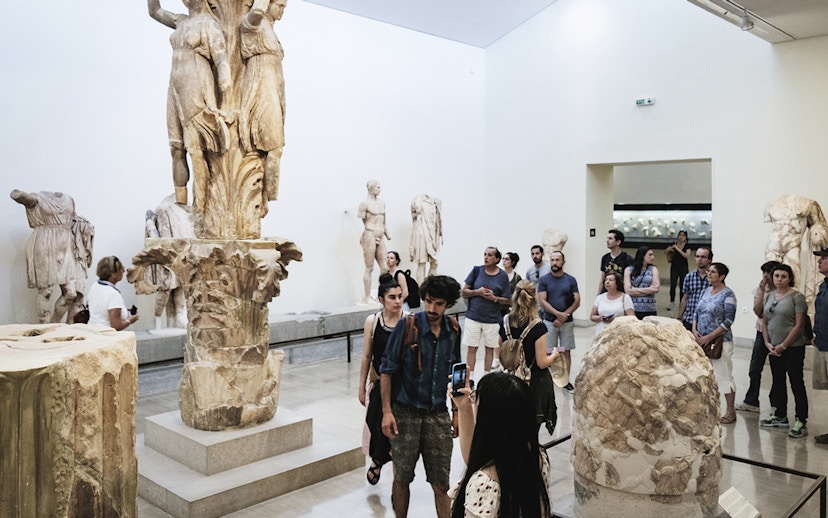
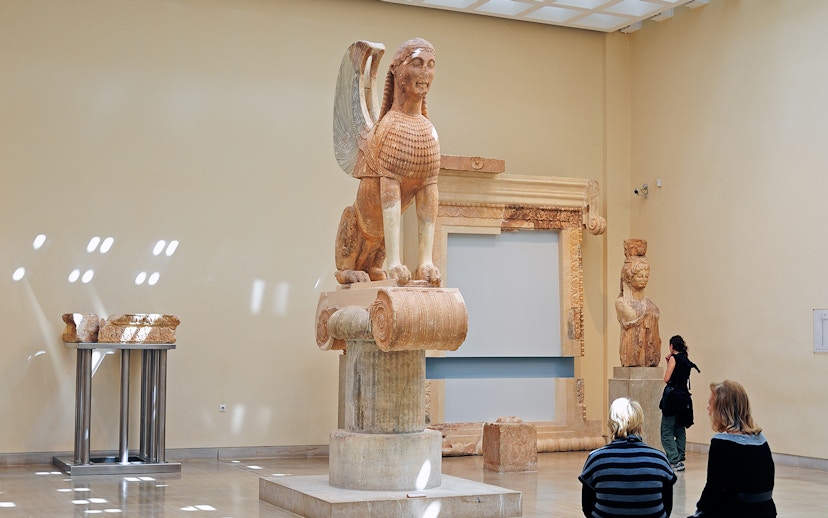

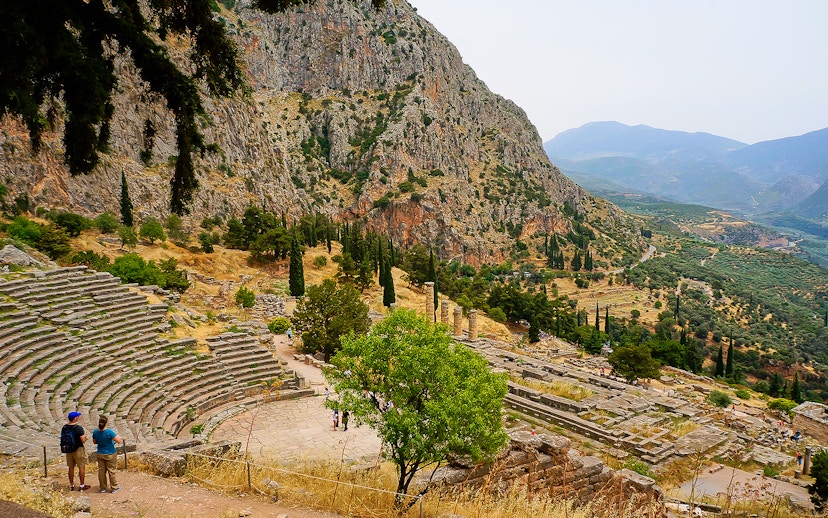

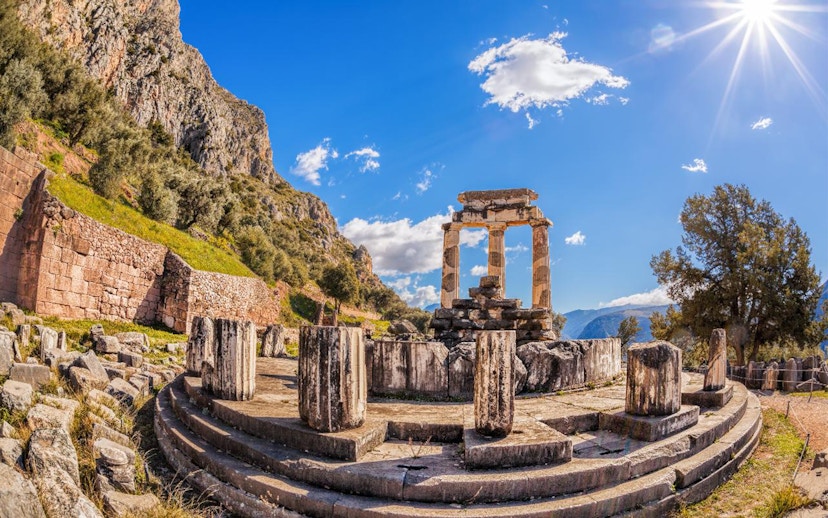
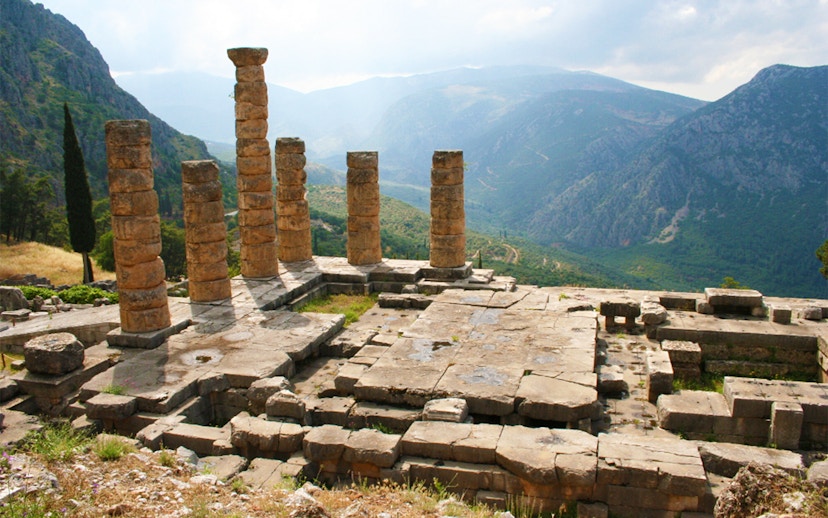
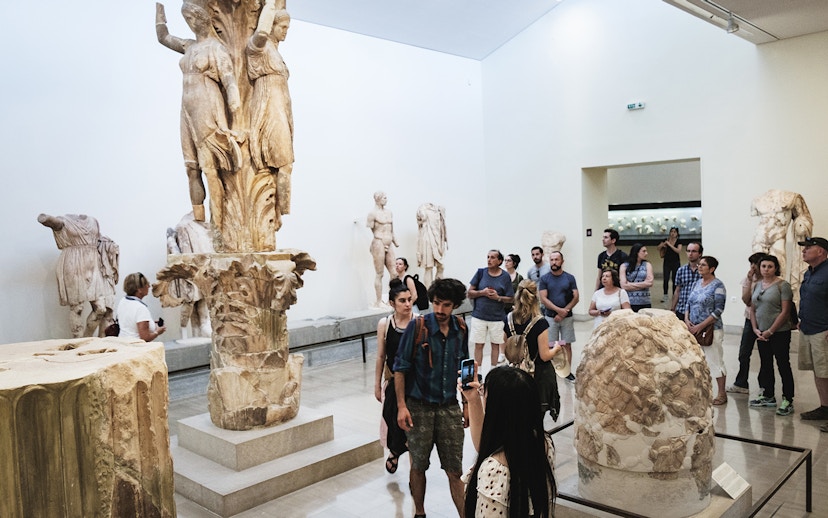
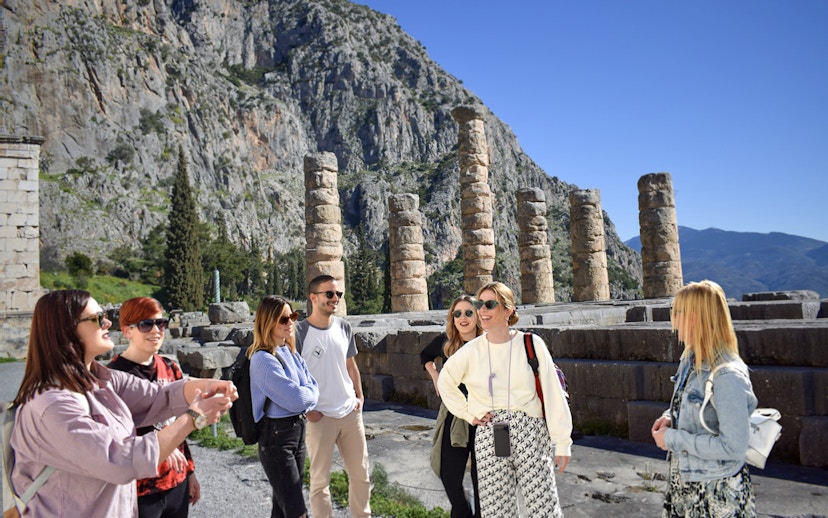
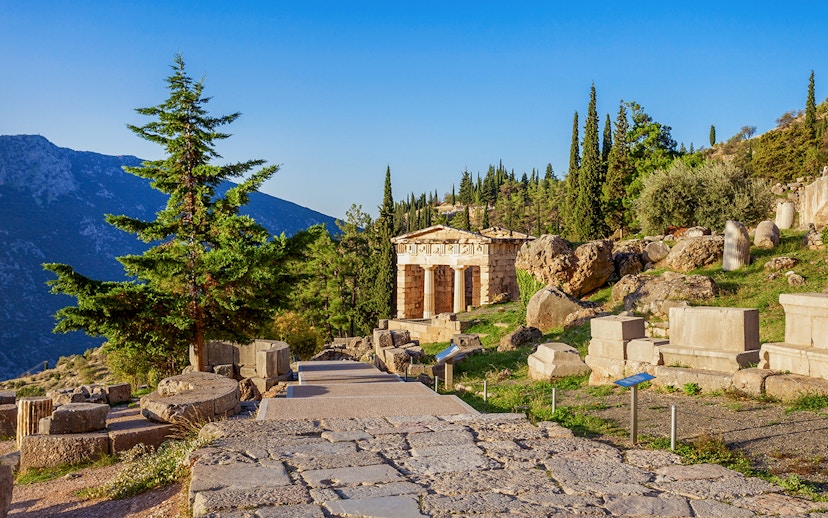
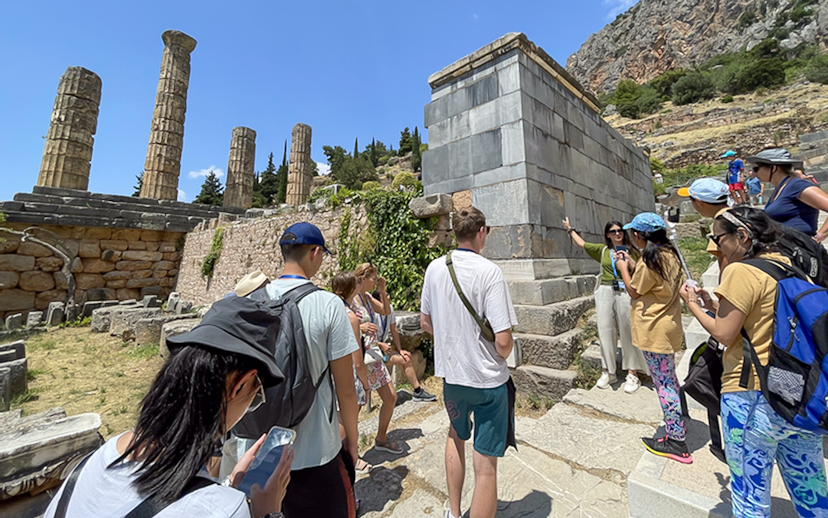
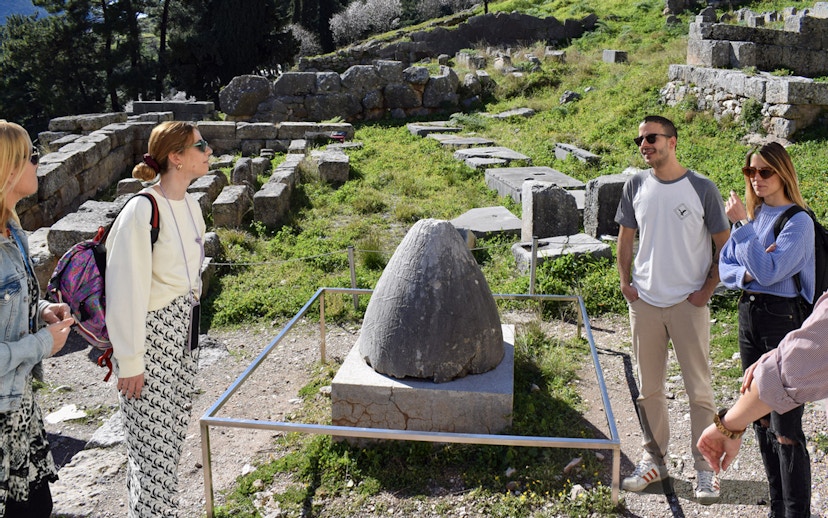
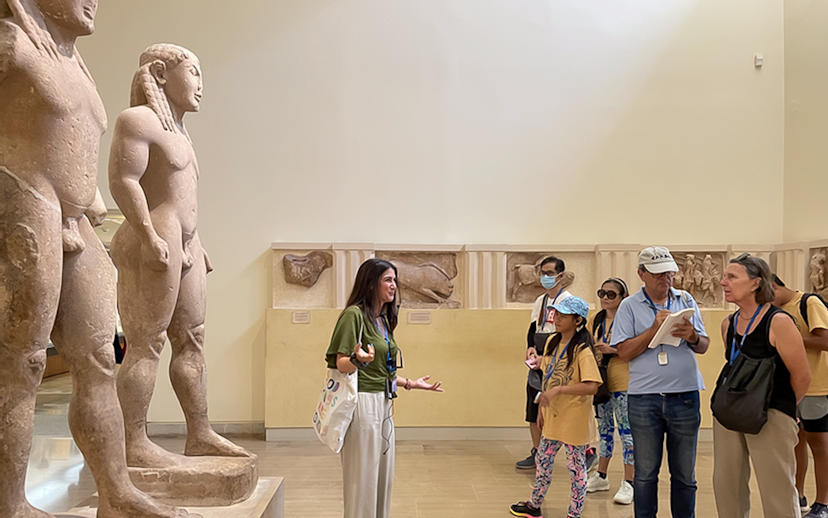
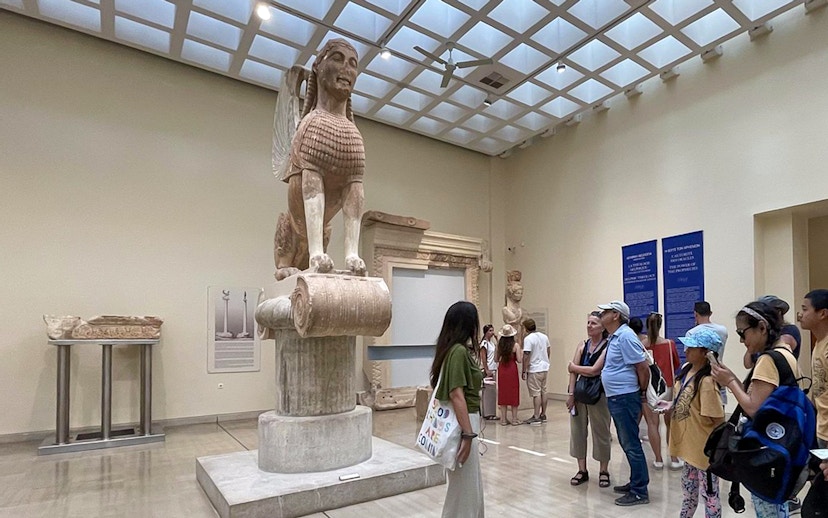
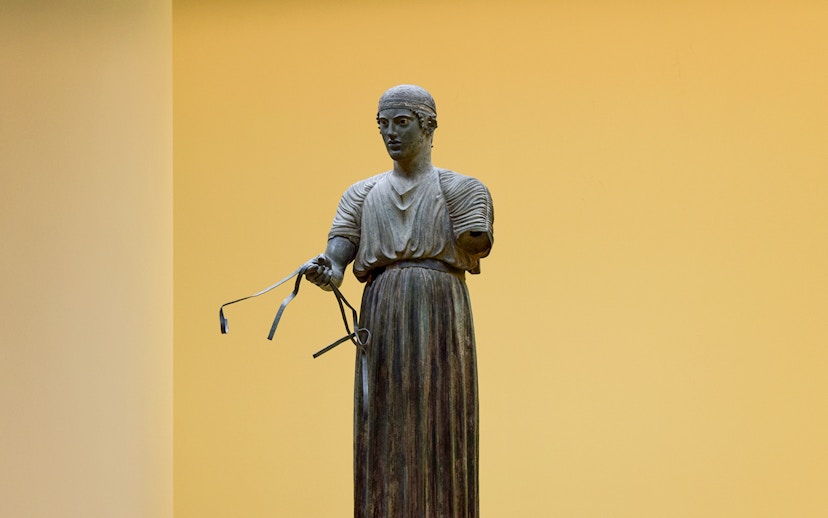

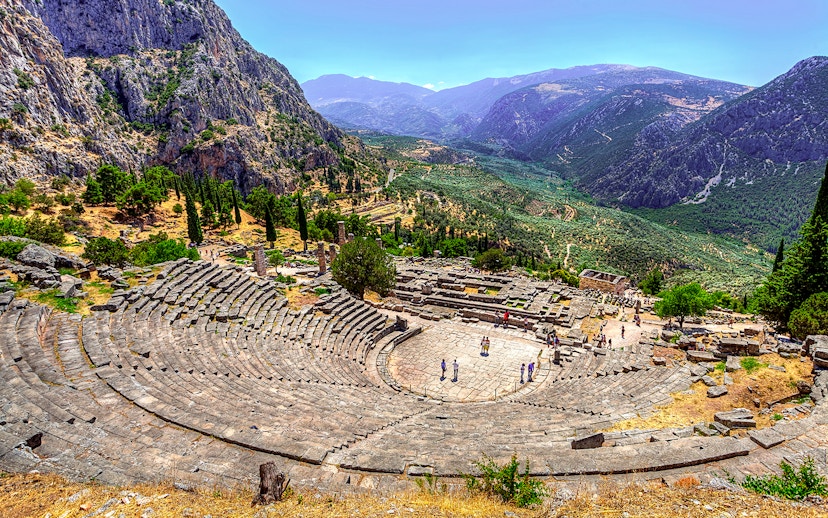
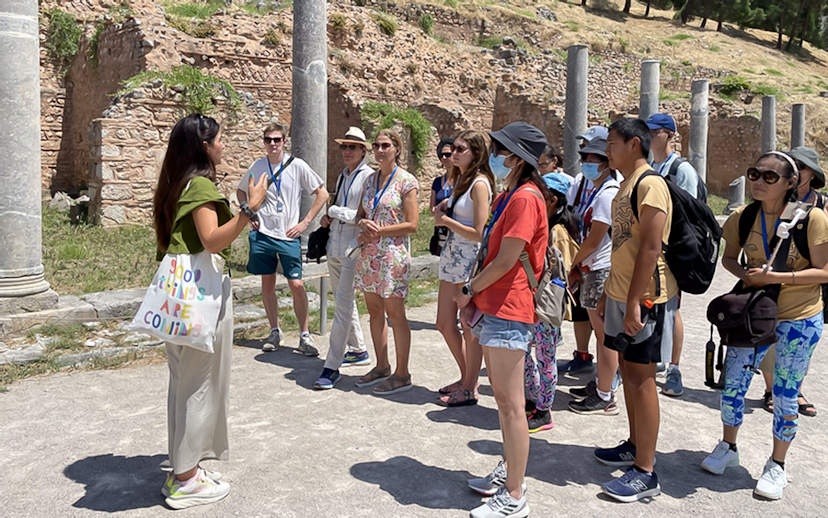
.svg?auto=format&w=156&h=48&q=90&crop=faces&fit=crop)